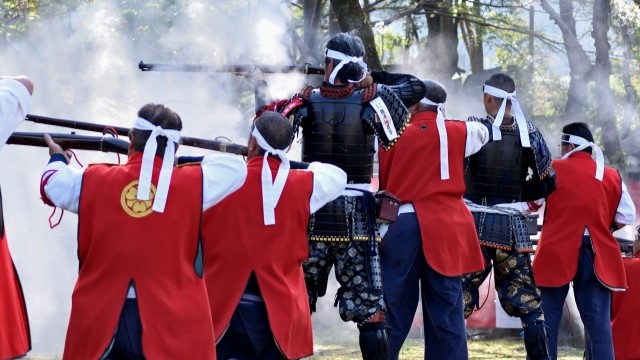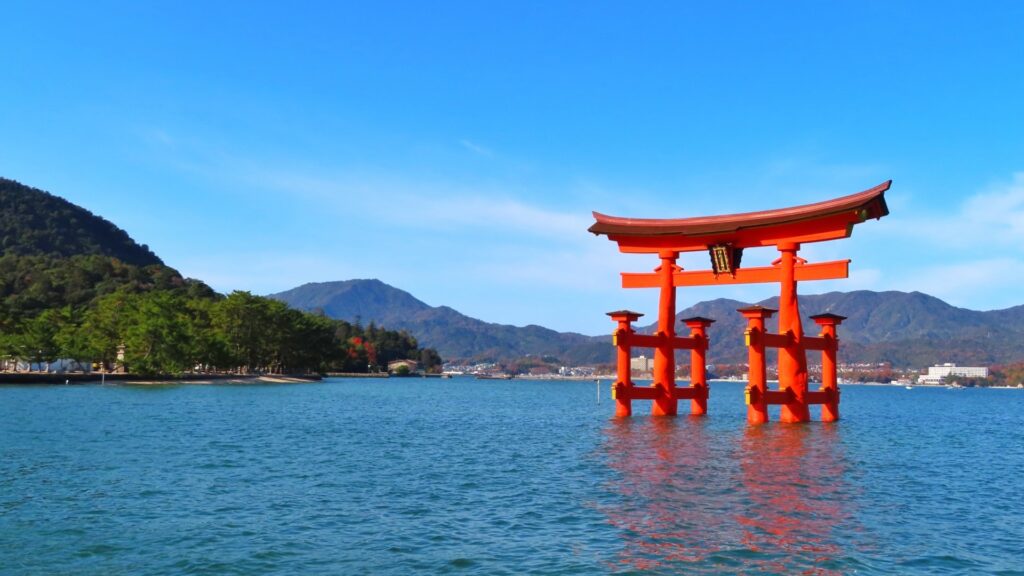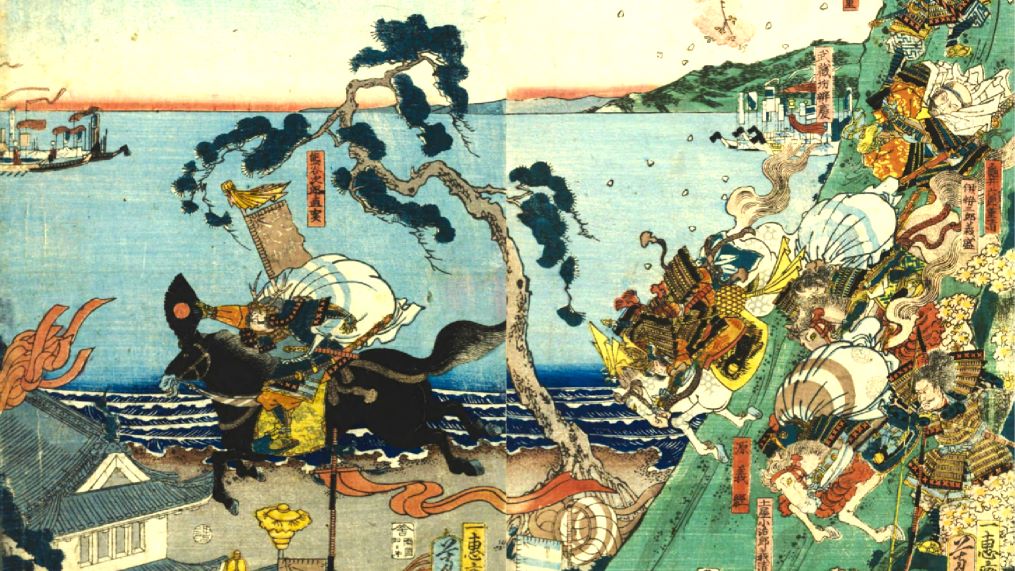Several key battles and conflicts marked the turning points in Japanese history. During the turmoil of the Warring States Period, many fascinating warlords fought using everything of their strategy & tactics, military and economic power. The Battle of Okehazama which Oda Nobunaga defeated Imagawa Yoshimoto, and the Battle of Sekigahara in which Tokugawa Ieyasu took the step to establish the Tokugawa Shogunate are famous.
In ancient times, Japan was ruled by “Okimi,” a great power of kings from various regions, and this “Okimi” was replaced by the title “Emperor” around the 7th century. Although wars and conflicts determined winners and losers, the “emperor” was never severed, and the nation has continued to this day without being overthrown. In the end, it can be said that the battles and conflicts were power struggles between those in power. These include the Jinshin Rebellion, the first coup d'état in Japanese history; the Jokyu Rebellion, in which the retired emperor Go-Toba attempted to overthrow the Kamakura Shogunate; the Mongol invasion. After that, Japan shifted the era to the Warring States Period.
Warring States Period
Battle of Okehazama

Oda Nobunaga v.s. Imagawa Yoshimoto in 1560. The beginning of the unification of the country and the importance of information became clear.
Battle of Nagashino

Oda Nobunaga & Tokugawa Ieyasu v.s. Takeda Katsuyori in 1575. A continuous fire with many stocks of gunpowder shifted the war from Cavalry to Guns.
Battle of Sekigahara

Tokugawa Ieyasu v.s. Ishida Mitsunari in 1600. 150 Letters Brought the Victory to Ieyasu, which promised territorial rewards for those loyal to the Tokugawa.
Battle of Itsukushima

Mori Motobari v.s. Sue Harutaka in 1555. One of the three greatest surprise attacks in Japan. This is one of Japan's three major surprise attacks on the small island.
Battle of Kawanakajima

Takeda Shingen v.s. Uesugi Kenshin in 1553-1564. The two most powerful warlords fought each other for over ten years during the Warring States period.
Siege of Osaka

Tokugawa Ieyasu v.s. Toyotomi Hideyori in 1614 -1615. With the fall of the Toyotomi clan, the Warring States period ended, which began with the Onin War in 1467.
The Battle to Establish the Samurai Government
The Genpei War

Minamoto Yoritomo & Yoshitsune v.s. Taira clan in 1180-85. This established the Samurai government for samurai. Yoshitune's military strategy shines. (@NDL)
Jokyu War

Emperor Go-Toba v.s. Regent Hojo Yoshitoki of the Kamakura Shogunate in 1221. It was the first war in Japanese history in which an emperor was deposed by force.
Hogen & Heiji Rebellions

Imperial succession conflicts: Emperor Go-Shirakawa v.s. retired Emperor Sutoku in 1156 & 1160, involved the Minamoto & Taira clans. It triggered the emergence of the leader of the Samurai class. @ Boston Museum of Fine Arts


